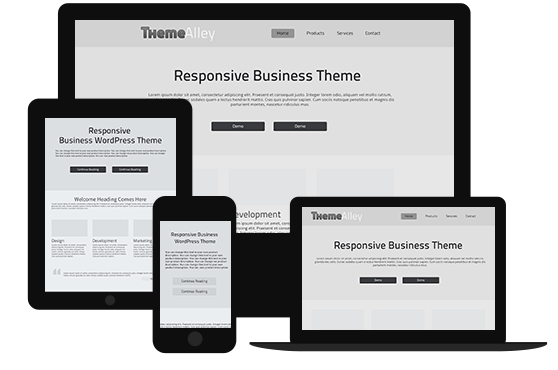Sometimes, as a web designer, you find that it is difficult to find fresh inspiration, if you happen to face this problem, you can search new techniques and play around with the CSS3, HTML5, and JavaScript. Actually, there is a discernible trend of going for these options. But at least, you can find four different modern dynamic backgrounds that can help to inspire you, such as follows:
- Particle Animation
Particle animation is maybe one of the most popular choices right now. Many websites has successfully applied this elegant cosmos-inspired as their solution. Particle animation work best in combination with plain solid color canvas, illustration, vector drawings, and even photos.
You can also select vary animation that it offers. Range from a bundle of chaotically moving dots that are scattered throughout the entire page to imitate starry sky or rain of stars, or constellation-themed solution where you can connect circles with thin lines. Besides, some effects are paired with the effects triggered by mouse hover events. It aims to enable you drive the particles away, form swirls from them, attach them to cursor as a trail, etc.
- Waves of Particles
Different from the above example which mostly all the effects come from HTML5 and CSS3 and a pinch of JavaScript magic, waves of particles is an ingenious experiment with Three.js library. It easily reminds one of small tides, with its arched forms and smooth ripple-like movements and gives a feeling of a breathing canvas. To explore it horizontally and vertically, you can move the mouse cursor to rotate it in different directions.
- Mouse Hover Parallax
Another flourishing trend that you should know is Layered Parallax. It has a surprising way to transform a dull static background into a composition with a subtle 3D feeling along with particle animation. In fact, you only need to spruce it up a bit instead of ditch your favorite image choice.
It is pretty beneficial when you need to liven up the title, logotype, surreal scene, or illustration. It is also suitable for various abstract animations. This not only adds another dimension, but also allows the users to play with the environment which is triggered by standard mouse hover event.
- WEBGL Experiments
If you have pretty amount of money, you can choose WebGL experiments as your inspiration. It can be brilliant, awe-inspiring, and a bit pompous. You may find it is a bit expensive, but it worth every penny. However, you should adapt with the amount of resources that it consumes, and the lack of full browser compatibility.



